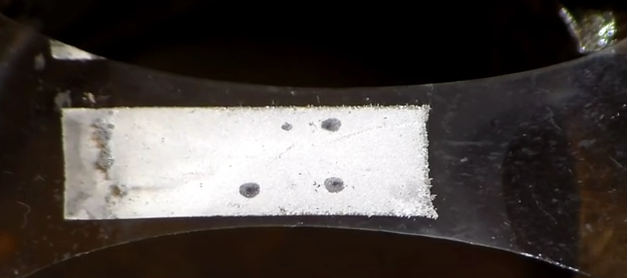There’s now a way to stretch metal films for use in flexible electronics — to twice their size, without breaking.
Researchers from Washington State University made the discovery that could lead to improvements and address one of the biggest challenges in flexible electronics. Researchers are still making new strides in the flexible electronics industry working on technology with applications such as bendable batteries, robotic skins, wearable monitoring devices and sensors, and connected fabrics.
For years researchers have been trying to figure out ways to design and manufacture the tiny metal connections that go into flexible electronics.The challenge is that the metal must undergo heavy stretching and bending while continuing to conduct electricity. So far, manufacturers have been using tiny metal springs that can stretch and still maintain connectivity, but the springs take up space and make it difficult to design complicated, high-density circuitry. In addition to that challenge, the electricity also has to travel farther in coiled springs, requiring more power and bigger batteries, according to the researchers.
“The circuitry ends up requiring a ton of real estate and bulky batteries,” said Panat.

Although some researchers have experimented with gold, which is pretty expensive, and copper, which isn’t too durable, the WSU researchers used indium — an inexpensive metal compared to gold. They bonded it to a plastic layer commonly used in electronics and were able to stretch the metal film to twice its original length. When the pieces broke, it was the plastic layer that failed, not the metal.
“This is a quantum improvement in stretchable electronics and wearable devices,” said Panat.
Now the researchers will set out to learn more about their material.
“A metal film doubling its size and not failing is very unusual,’’ he said. “We have proposed a model for the stretchy metal but much work is needed to validate it. It’s a good situation to be in.’
The research was led by Rahul Panat and Indranath Dutta, from the University’s Voiland College’s School of Mechanical and Materials Engineering, and graduate student Yeasir Arafat. They have filed for a patent and published their findings in Applied Physics Letters.
Watch the video below for more information.
Story via Washington State University.

